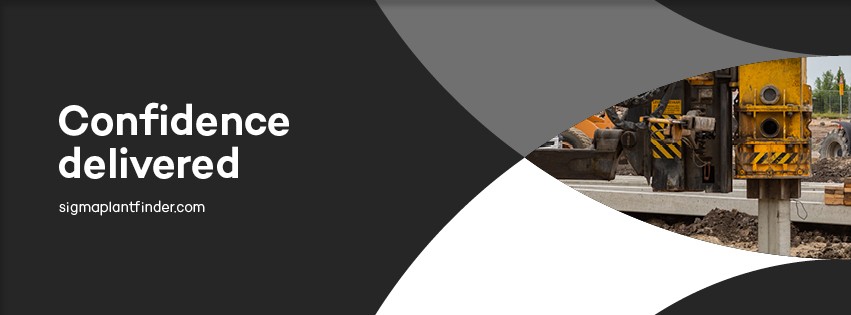
Self-healing concrete is being developed in the hope that they will stop the deterioration of cracks in concrete before they get too large. Concrete is one of the most commonly used materials in building bridges, buildings and roads. However, concrete has a major problem with cracking and becoming damaged due to air, water and chemical exposure.
A six-year experiment has helped to develop a new way for the concrete to heal itself which will make the concrete last longer and help structures stay more stable. The self-healing concrete has been created by using bacteria. This involves mixing together a bag of concrete and bacteria together which produces limestone. Calcium lactate was also added into the mix and this is bacteria’s favourite food. The air and moisture triggers the bacteria to eat the calcium lactate which converts the substance to calcite and seals the cracks in the concrete.
The bacteria can lie dormant in structures for around 200 years while it waits for the right conditions. This will reduce maintenance costs and improve the performance of the structure by making it last longer. The self-healing concrete is expensive at $33 to $44 per square metre as it waits for wide acceptance and more demand. Since concrete develops micro cracks even during construction, this innovation can be a solution for this long standing problem. Imagine a building that can patch itself up without the need of human hands!
Self-healing concrete is being developed in the hope that it will stop the deterioration of cracks in concrete before they get too large. Concrete is one of the most commonly used materials in building bridges, buildings and roads. However, concrete has a major problem with cracking and becoming damaged due to air, water and chemical exposure.
A six-year experiment has helped to develop a new way for the concrete to heal itself which will make the concrete last longer and help structures stay more stable. The self-healing concrete has been created by using bacteria. This involves mixing together a bag of concrete and bacteria together which produces limestone. Calcium lactate was also added into the mix and this is bacteria’s favourite food. The air and moisture triggers the bacteria to eat the calcium lactate which converts the substance to calcite and seals the cracks in the concrete. The bacteria can lie dormant in structures for around 200 years while it waits for the right conditions. This will reduce maintenance costs and improve the performance of the structure by making it last longer.
The self-healing concrete is expensive at $33 to $44 per square meter as it waits for wide acceptance and more demand. Since concrete develops micro cracks even during construction, this innovation can be a solution for this long standing problem. Imagine a building that can patch itself up without the need of human hands!
To get recent updates and news from us: Follow us on Twitter: @sigmaplant
